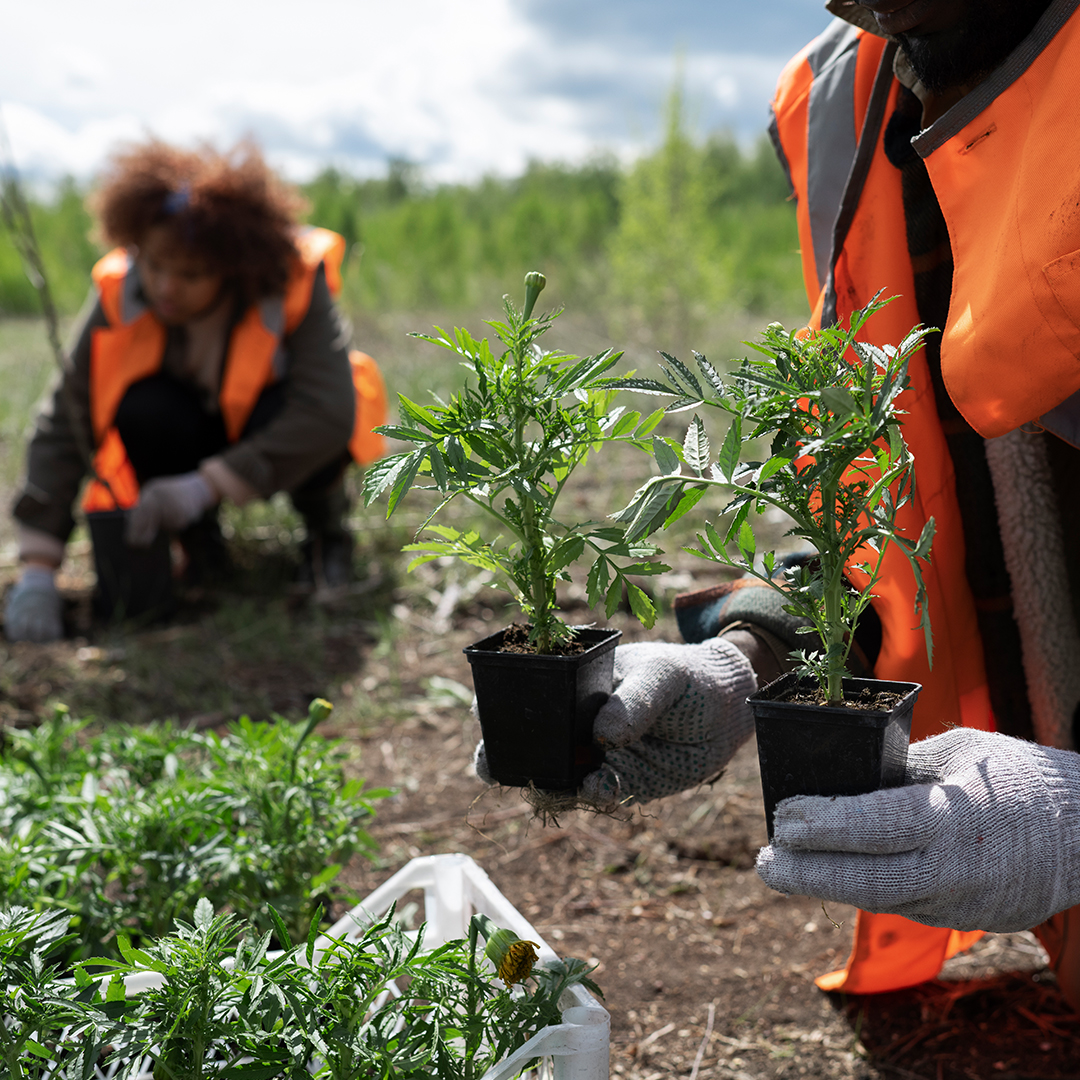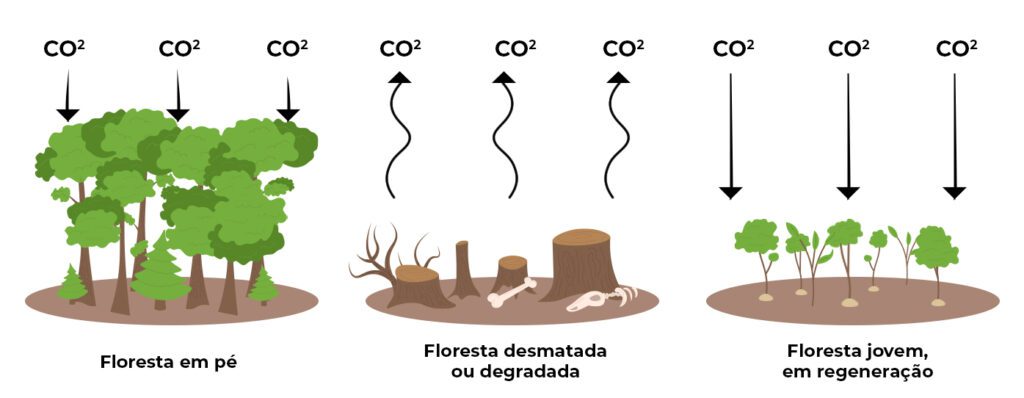Tropical forests are by far the most important ecosystems for mitigating climate change. Collectively, they sequester more carbon from the atmosphere than temperate or boreal forests, but they are facing increasing deforestation due to agricultural expansion around the world. The three largest tropical forests are located in the Amazon, Congo River Basin, and Southeast Asia.
Over the past 20 years, forests in Southeast Asia have become a net source of carbon due to deforestation for plantations, wildfires and draining of peat soils.
The Amazon River basin, which comprises nine countries in South America, remains a net sink for carbon, but is close to becoming a source of net emissions if deforestation continues at the same rates. The Amazon River basin has faced increased deforestation over the last four years due to the opening up of grazing areas and degradation by fire.
Out of the three major tropical forests, only in the Congo is there enough standing forest to continue as a major carbon sink. The Congo rainforest sequesters 600 million tons of CO2 more per year than it emits, equivalent to one-third of the transportation emissions of the entire United States.








A study published in the scientific journal Nature Climate Change concluded that the forests of the world sequestered, between 2001 and 2019, about twice as much carbon dioxide as they emitted, when devasteded or cut down, performing the function of "carbon sink", with a net absorption of 7.6 billion tons of CO2 per year, that is, about 1.5 times the carbon emitted annually by the United States, the world's second largest emitting country.